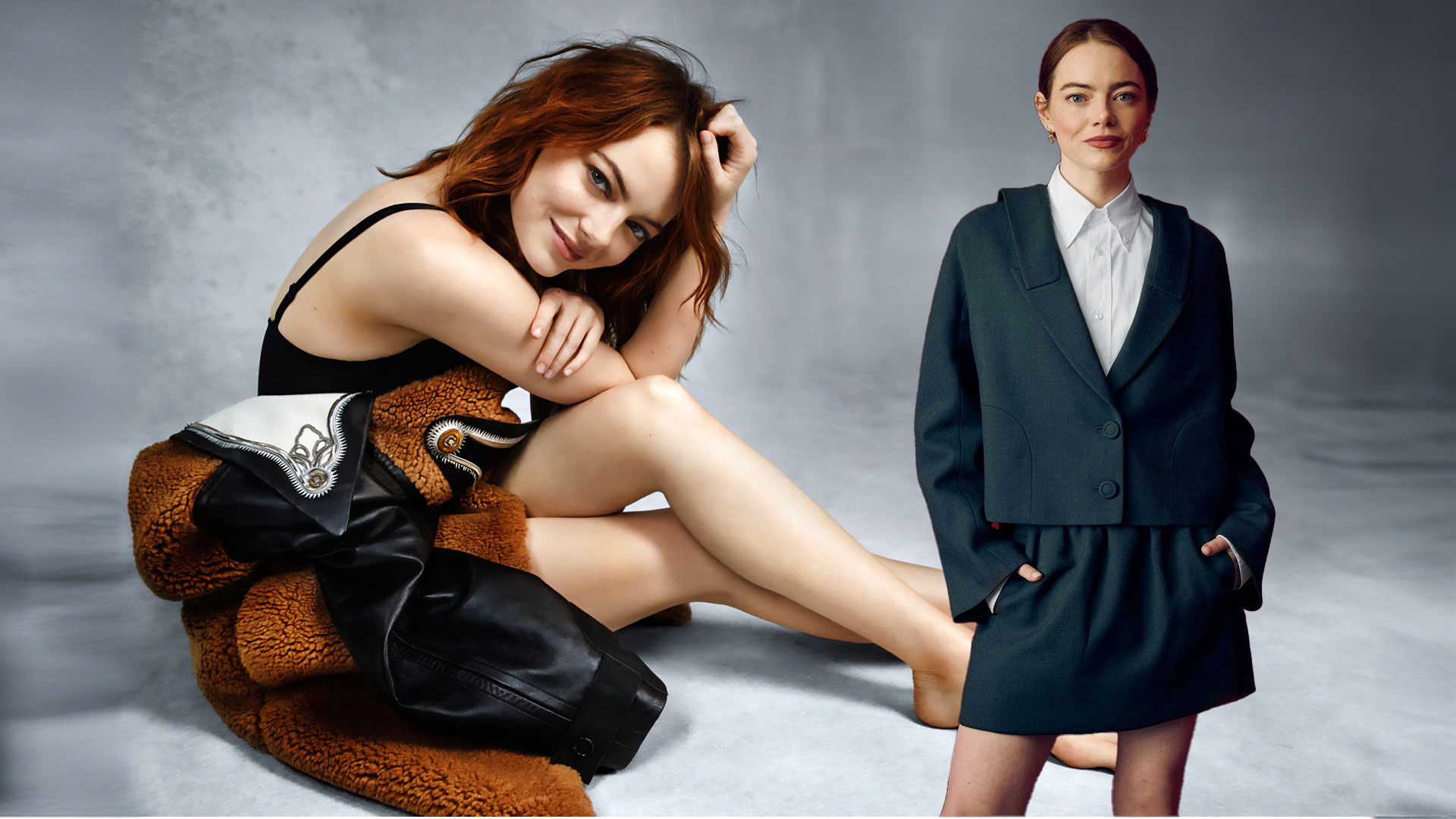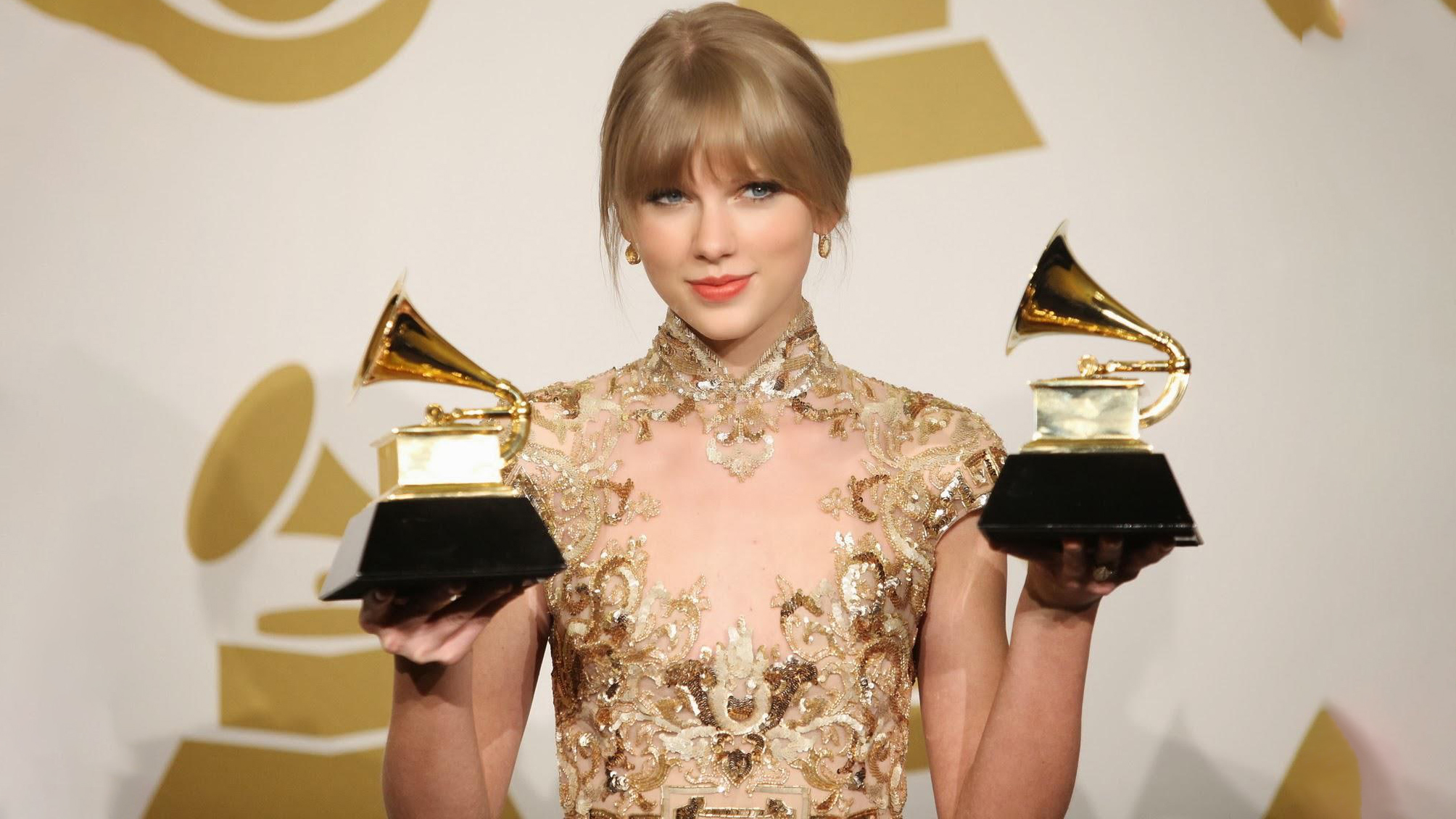
Taylor to Perfection: Beyond the guitar strum, blonde locks and sold-out concerts, there is plenty of substance to Taylor Swift’s striking silhouette
It was music for Taylor Swift and Taylor Swift for music at the get-go. The country star turned pop star royalty showed a passion for music at a young age and quickly advanced from parts in children’s theatre to performing in front of a large audience. Before a Philadelphia 76ers basketball game at age 11, she sang The Star-Spangled Banner and the following year she picked up the guitar and started writing songs.
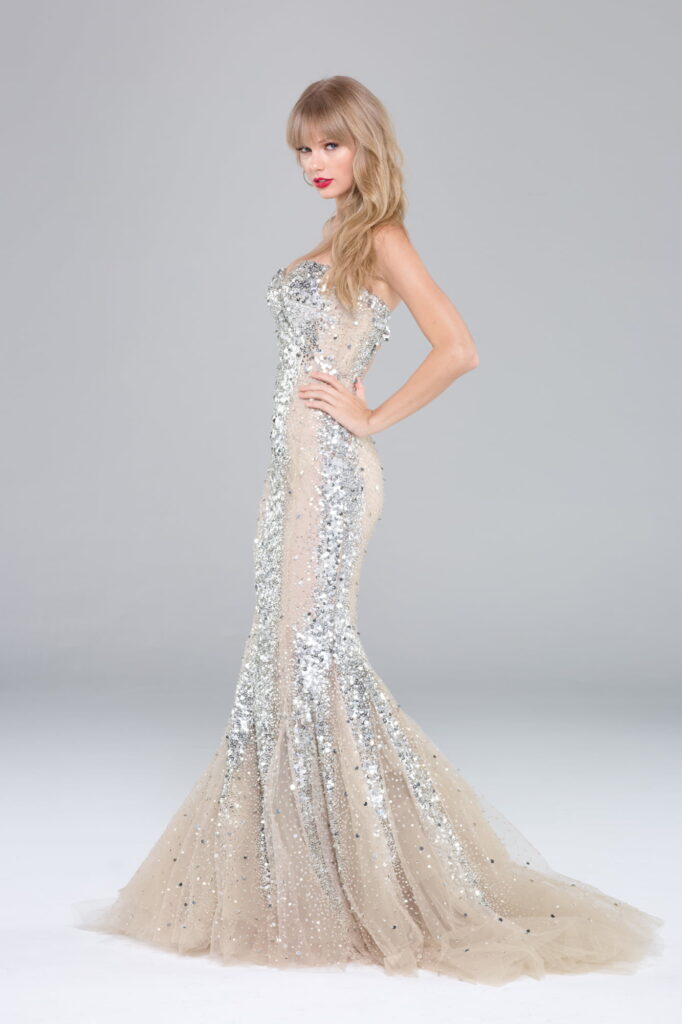
Swift created original music that expressed her experiences of tween alienation by drawing inspiration from country-music performers like Shania Twain and the Dixie Chicks. Her parents, supportive of her ambition for a musical career, sold their farm in Pennsylvania when she was 13 and relocated to Hendersonville, Tennessee, so she could attract the attention of country labels in nearby Nashville.
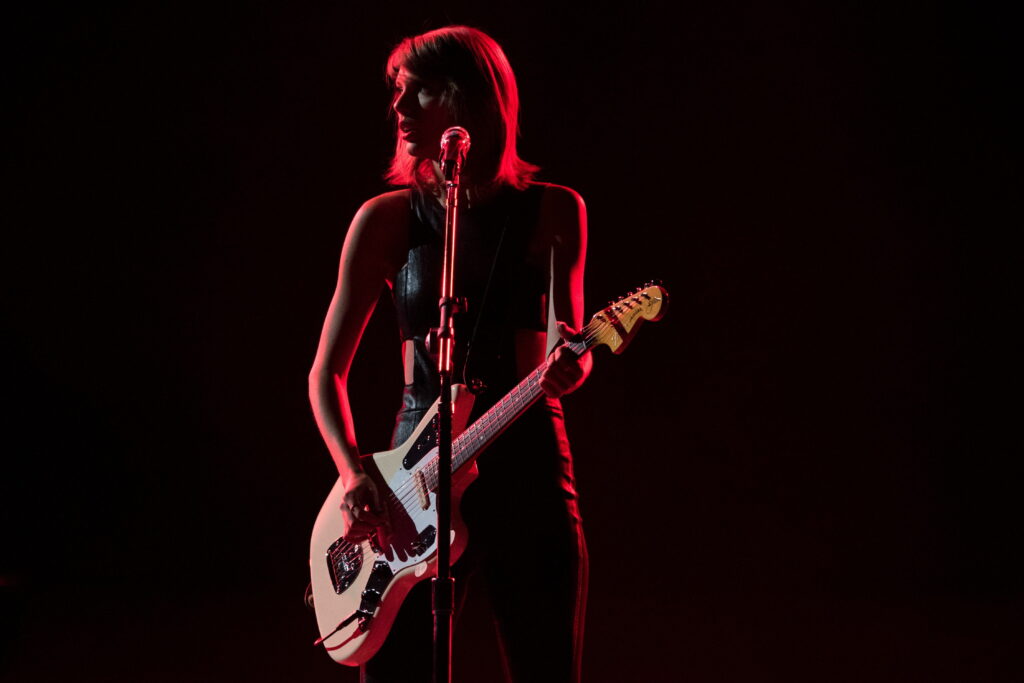
Swift met recording-industry veterans through a development arrangement with RCA Records, and in 2004, when she was 14 years old, she signed with Sony/ ATV as a songwriter. She frequently played her own songs at venues in the Nashville region, and it was during one of these performances that record executive Scott Borchetta took note.
Swift was recruited by Borchetta to his budding Big Machine label, and in the summer of 2006, she released her debut single, Tim McGraw, which was heavily influenced by the teenager’s favourite country musician. And the rest, including her chart-topping discographies, as they say, is history (her story in that case).
Voice for feminism
When the Grammy Award-winning music video – full of strong women kicking ass – for her iconic hit Bad Blood came back to back with her topping Maxim’s 2015 Hot 100 list, she took a moment to speak out about feminism and equality: “A man writing about his feelings from a vulnerable place is brave; a woman writing about her feelings from a vulnerable place is oversharing or whining. Misogyny is ingrained in people from the time they are born. So, to me, feminism is probably the most important movement that you could embrace, because it’s just basically another word for equality.”
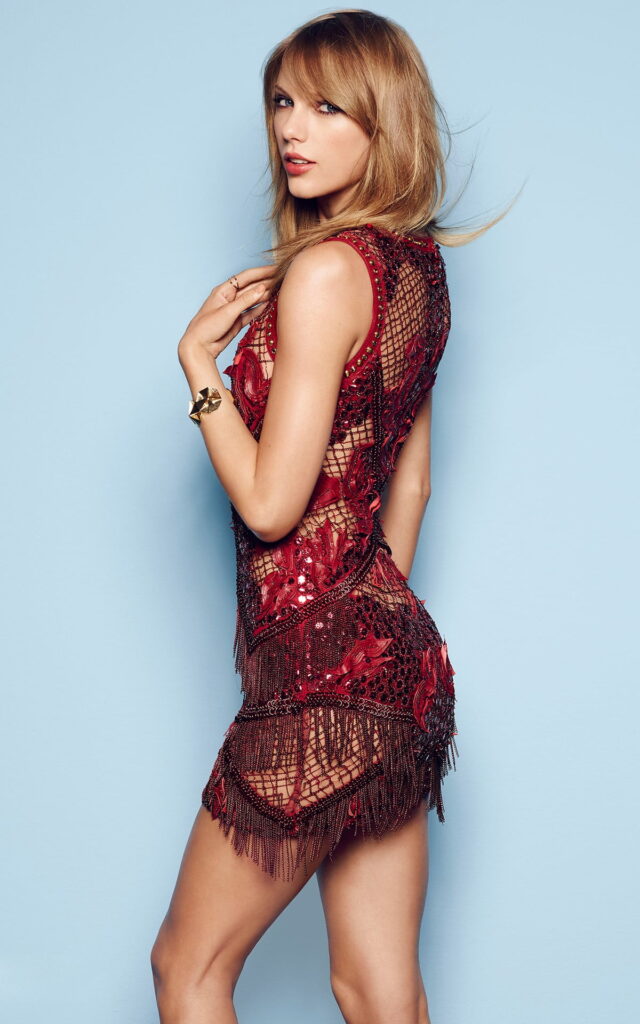
At the same time, Swift faced criticism for penning too many songs in the past about her ex-boyfriends and other intimate relationships. She finds this critique anti-feminist and no longer has time for it. “When I was a teenager, I would hear people talk about sexism in the music industry, and I’d be like, I don’t see it. I don’t understand. Then I realised that was because I was a kid,” she explains.
“I didn’t see myself being held back until I was a woman. Or the double standards in headlines, the double standards in the way stories are told, the double standards in the way things are perceived.” She used her 2019 song The Man to emphasise how women and men are treated differently in the industry.
Political pride
Taylor also wants people to know that she supports the LGBTQ community, having received criticism of inaction in this regard. She claims she has consistently supported the movement through her work and charitable contributions. Clarifying her viewpoint, she says: “I didn’t realise until recently that I could advocate for a community that I’m not a part of. It’s hard to know how to do that without being so fearful of making a mistake that you just freeze.”
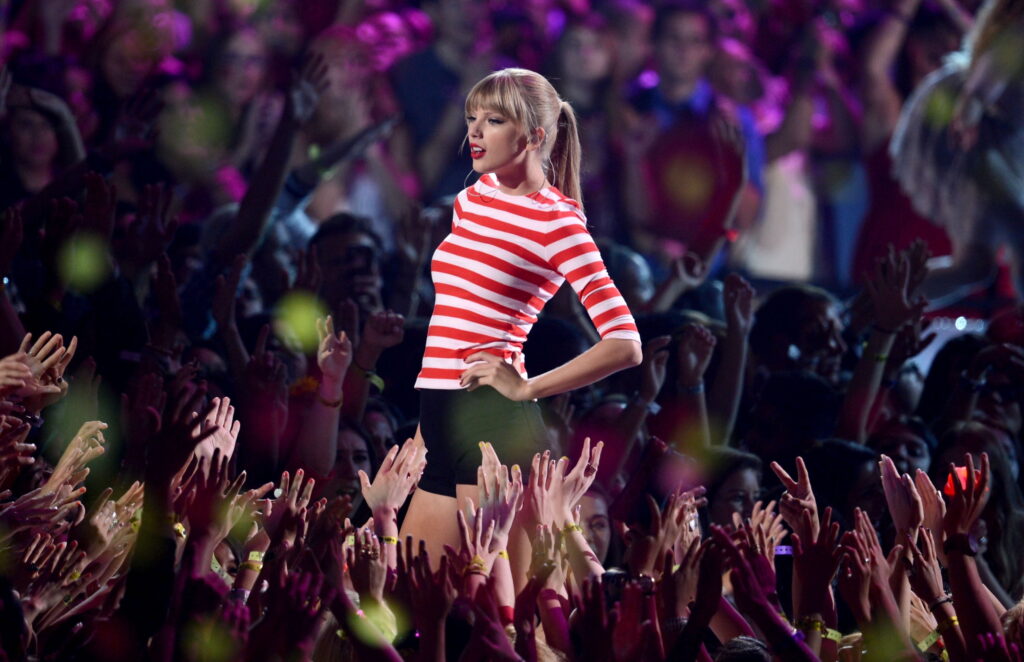
You Need To Calm Down, the smash-hit single from her 2019 album Lover, highlights her support of the LGBTQ community. The music video features Katy Perry, Ellen DeGeneres and iconic drag queens. The whole Lover catalogue was released at midnight on June 1, the beginning of Pride Month, when Swift introduced a petition in support of the US federal Equality Act. This legislation would amend the Civil Rights Act to outlaw discrimination based on gender identity and sexual orientation.
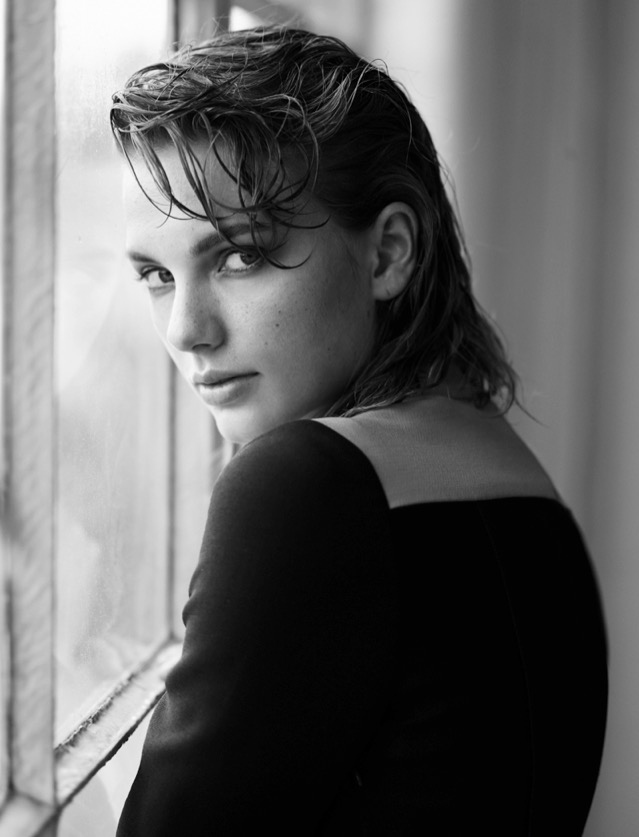
Swift also posted a letter to the Republican Lamar Alexander, then the US Senator from Tennessee, asking him to vote yes. The request, on her personal letterhead, denounced President Donald Trump for not supporting the Equality Act. “I personally reject the president’s stance,” Swift wrote. Need she say more?
Unfashionable authenticity
Since breaking into the public eye in 2006 as a 16-year-old wunderkind, Swift has become one of the most commercially successful singers of all time. Last year, her songs received 36.6 billion streams, but her aesthetic has never attracted the same kind of attention. Unlike her contemporaries, she isn’t necessarily a fashion icon. She rarely attends Fashion Week and frequently misses the Met Gala. She favours light-blue wash denim shorts, a faded pink vest and unassuming sneakers.
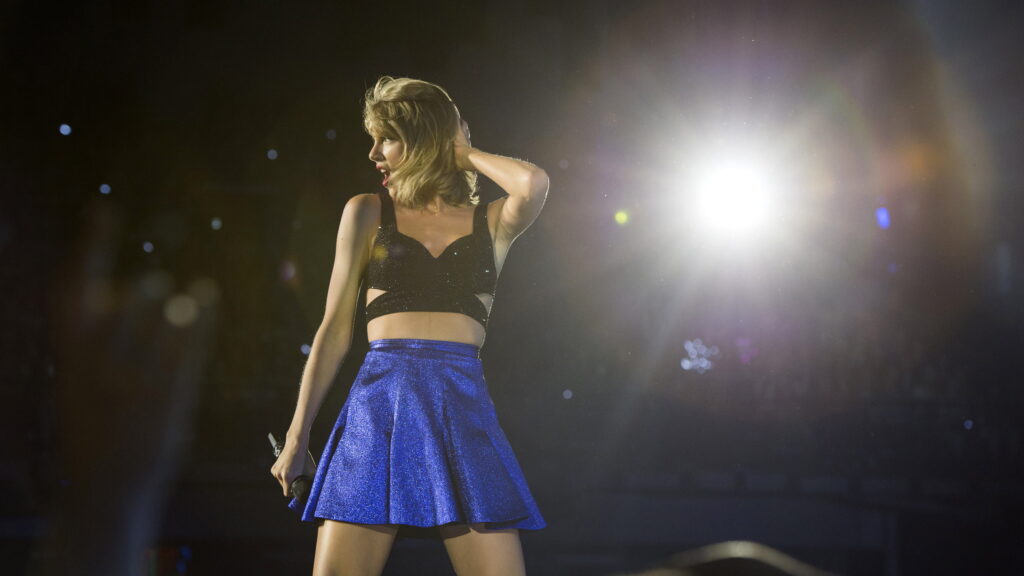
Despite being quite nondescript, this style is notable for how Taylor Swift really is. Her attire suggests that she may be performing at a local talent show even though she is playing to tens of thousands of fans on a stadium tour. Lots of slogan T-shirts, sparkly bodysuits and prom dresses with meringue skirts. Her current tour, dubbed Eras, is a retrospective of the outfits from each of her 10 studio albums.
However, a lack of fashion cred is not always a terrible thing. She is a sincere and cinematic hitmaker who effortlessly navigates embarrassing confessionals on Lover and small- town stagnation on Midnight (2022). All of this is done with an unfashionable authenticity.
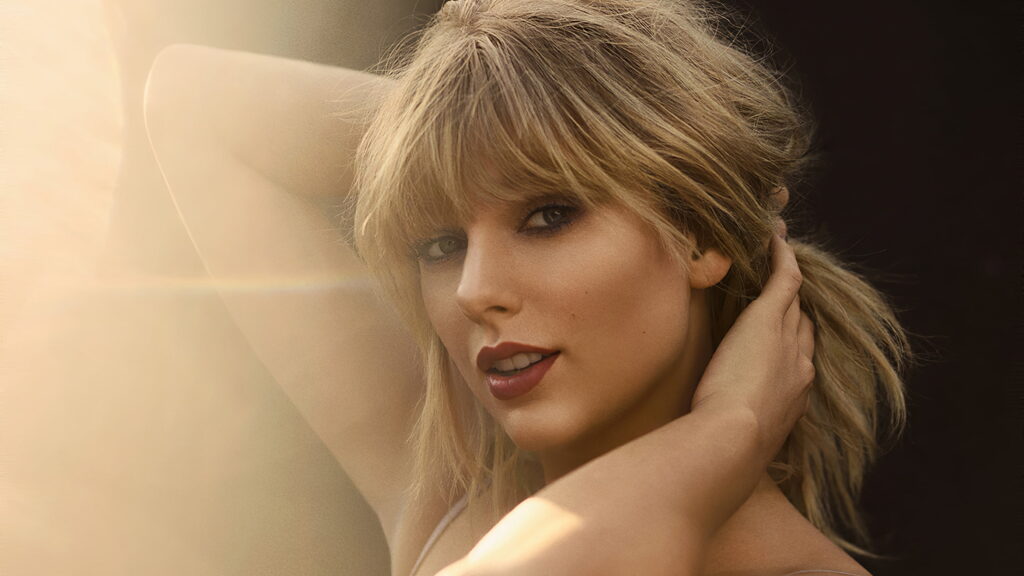
Swift is portrayed in pop culture as the wise best friend that her followers wish they had when they were teenagers (the Swifties actually exchange friendship bracelets). She is someone who may have covered their eyelids in glitter after being rejected by their preferred prom date, a person who would take great satisfaction in creating the ideal ‘heartbreak’ sundae with heaped piles of whipped cream, Oreos and chocolate syrup.
Swift’s songwriting, in contrast to that of so many of her peers, is more likely to make references to her pet cats and a home-for- the-holidays crush than a Hermès bag. And this ordinariness resonates with many more people than perhaps she ever imagined when she first visited Nashville as a child and dreamed of making it big.






